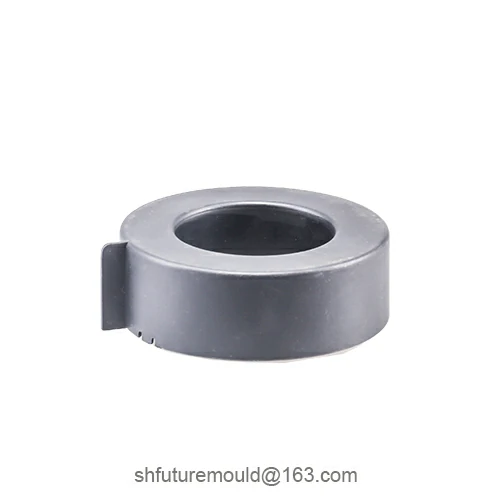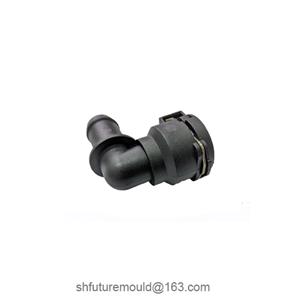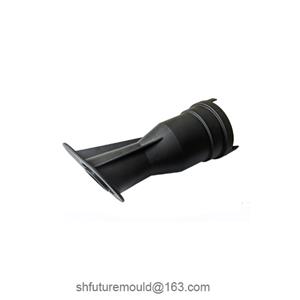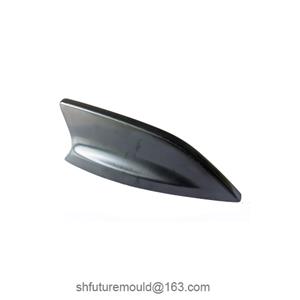Where do the gases produced during injection molding come from?
The gases produced during injection molding are the main cause of defects such as silver streaks and burn marks on the products. Their sources can be divided into three categories: material decomposition, environmental adsorption, and process control failure.
1. Material Thermal Degradation
Resin Cracking: When the barrel temperature exceeds the critical value (such as PC>320℃), gases such as CO and CO₂ are generated;
Additive Volatilization: Lubricants (such as zinc stearate) gasify in large quantities above 200℃.
2. Residual in the Mold Cavity
Release Agent Volatilization: Silicone release agents generate SiO₂ microparticles and gases at high temperatures;
Moisture Vaporization: When the moisture content of PP material is >0.02%, water vapor bubbles are generated.
3. Improper Process Parameters
Excessive Injection Speed leads to shear heat generation (material decomposition is aggravated when the shear rate is >50000s⁻¹);
Insufficient Holding Pressure causes backflow and voids (gas is entrained when the pressure difference is >10MPa).
- Injection Mold
- Automotive Injection Mold
- Electronics & Electrical Injection Mold
- Consumer Goods Injection Mold
- Airplane Components Injection Mold
- Medical Components Injection Mold
- Irrigation Components Injection Mold
- Injection Molds




